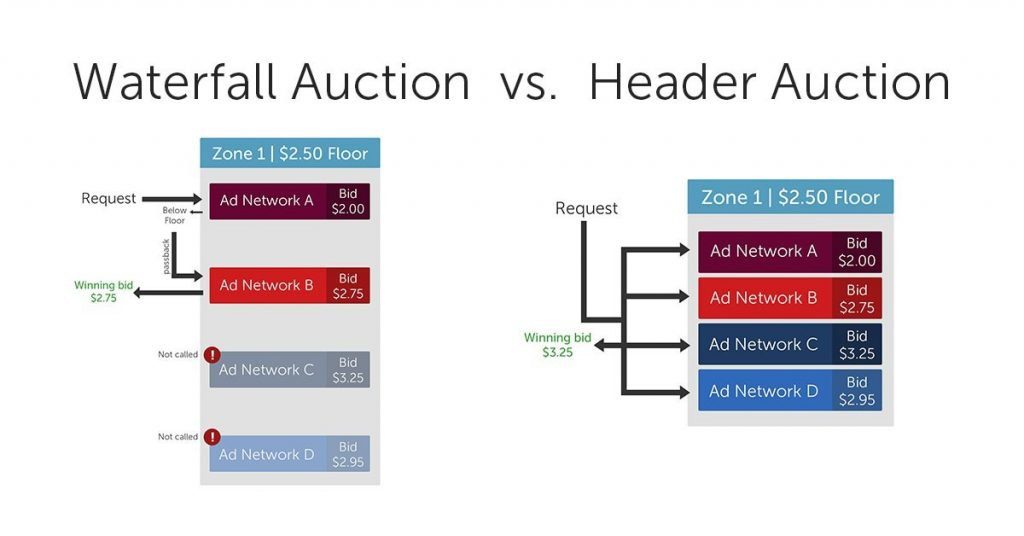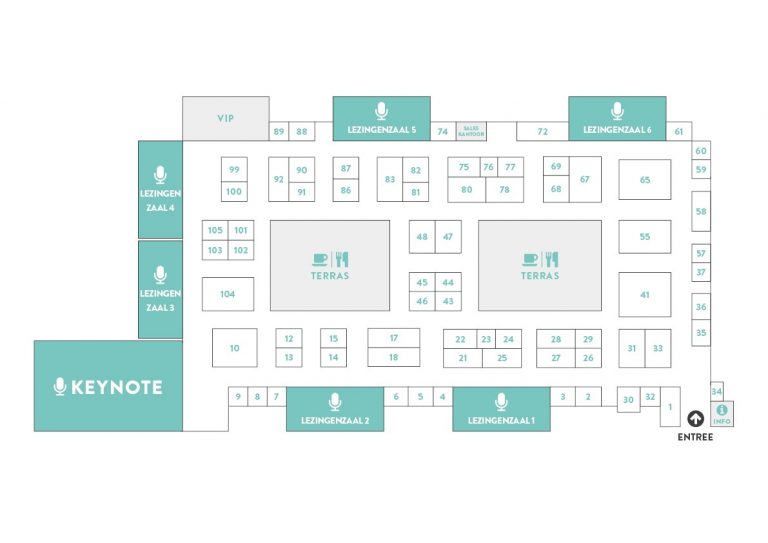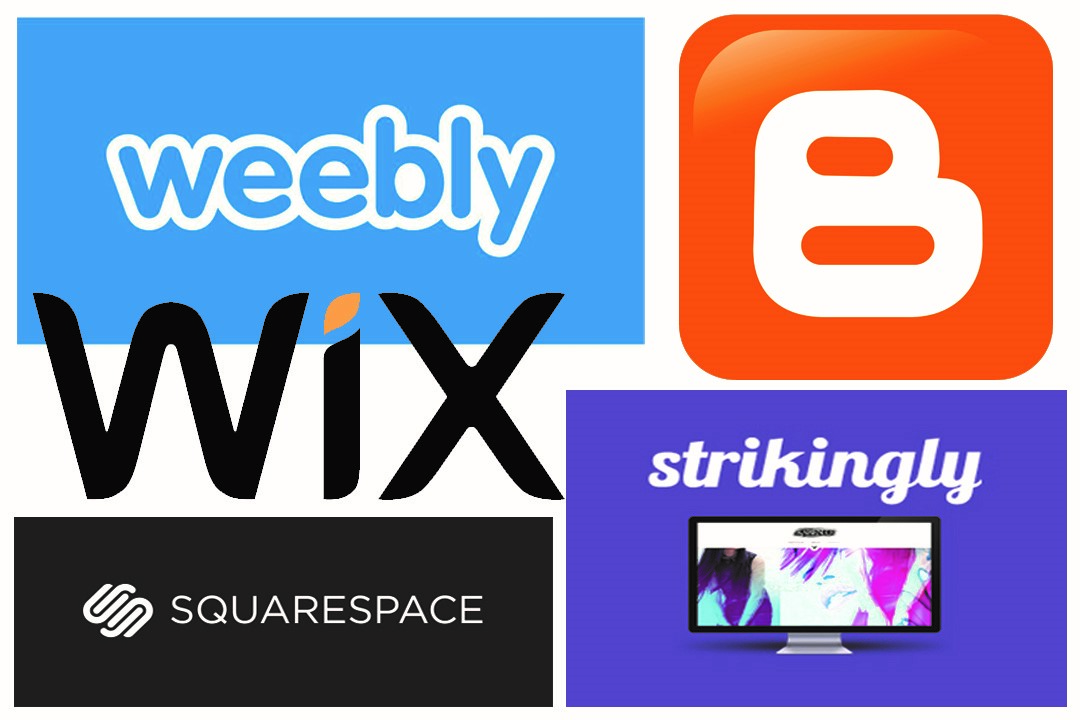The term header bidding is not new in programmatic advertising. Especially in the United States, adoption is well advanced. 71.6% of the publishers already use the technology. More and more Dutch publishers are now also looking at the possibilities. This is how De Persgroep has opened up their available banner space in header bidding since last month. Sanoma also tests the function. However, what is header bidding exactly and what are the consequences for advertisers?
Programmers have a hand to use complicated terms. In this article, I like to work with understandable language. To avoid any confusion about the meaning of terms, I explain in advance:
- Demand Side Platform (DSP) – Technology where advertisers purchase banner space from publishers via auctions.
- Sell Side Platform (SSP) – Technology where advertisers sell banner space to publishers through auctions.
Inventory – All available banner space for advertisers.
Waterfall model
Before I start header bidding, I explain which earnings model is often (still) used in auctions of inventory. The auctions are held by the waterfall model. This model works as follows. If visitors open a publisher page such as something.com, a bid request will be issued. Such an application is the starting signal for the ad auction. From various DSPs, bids are made on the inventory. Now the publisher’s system determines which bids have priority over the sale.
The following method is often used in the waterfall method:
Publishers give priority to advertisers with whom they have signed direct deals. This offers publishers guaranteed revenue. At the same time, advertisers get a guaranteed number of impressions. Next, publishers look at whether programmatic bids come in. If they are not there, the advertising space will be filled with other banners. These come from the Google Display Network, for example.
This waterfall model seems quite logical. Nevertheless, there is a chance that users of the model do not use their inventory optimally. They do not sell their inventory at the best price. See the following example for illustration.
- Direct deal – A – CPM € 7.50
- Direct deal – B – CPM € 8.00
- Programmatic – A – CPM € 10.00
- Programmatic – B – CPM € 6.00
- Rest – A – € 3.00
In the example above, direct deal B wins the auction. Direct deals are given priority over programmatic bids. Moreover, this while the publisher could have made more money by accepting programmatic bidding A. For both parties, the chosen option is not the most advantageous. Precisely for that reason, publishers have created header bidding.
The definition of header bidding
Header bidding is a piece of code that is implemented in the header of websites. Multiple SSPs that are connected to the publisher can request bids from different advertisers. Also, the publisher often has his own logic to determine the winning bid. Usually, the highest bid simply wins.
It can also happen that a deal with a guaranteed number of impressions lags behind that number of impressions. In such a case, the publisher can choose to give this advertiser priority. So there is a big advantage to header bidding for publishers. So that is that they are less dependent on which SSPs they work with. In this way, they also have more control over the revenue from advertising positions.

Benefits of header bidding for advertisers
An increase in CPM prices as a result of increasing competition. That sounds bad for advertisers. Header bidding also brings benefits for them. Think about:
- Better access to premium inventory for programmatic deals
- Improving visibility on programmatic deals
- Access to all inventory, regardless of which DSP is switched on
I explain these benefits further.
Advantage 1. Premium inventory
Header bidding offers better access to premium inventory than the waterfall model. Premium inventory is about high-quality banner positions on pages that are early in the session. These positions are necessary for advertisers because they ensure a broad reach. They also meet more unique visitors. You can compare the access to the premium inventory with a trading floor. The most expensive stands of trade fairs are those at the entrance because that is where all visitors come along.

Advantage 2. Visibility
In the waterfall model, premium inventory positions are only traded through direct deals. With header bidding, these positions become available to all advertisers. The new technology, therefore, ensures an increase in visibility. The first impressions of websites are often directly available at the top of the page.
Advantage 3. Access to all inventory
In the waterfall model, often one SSP is used. This SSP can communicate well with some DSPs, with some not. Advertisers who work with one of the DSPs that the SSP does not communicate well with have limited or even no access to the inventory of the website. If websites now connect multiple SSP positions using header bidding, it is possible with the same DSP for advertisers to purchase banner positions from the relevant website.
We take the De Persgroep as an illustration. This website uses only one SSP, for example, Rubicon. A potential advertiser on De Persgroep cannot communicate with Rubicon. In the waterfall model, the advertiser with Rubicon on De Persgroep would not have access to the banner positions. In the case of header bidding, De Persgroep is connected to several SSPs. As a result, the advertiser can now purchase banner positions at De Persgroep, for example by doing this via the SSP Improve Digital.
The future of header bidding
According to Adprofs, header bidding is the most prominent change in the market since the advent of real-time bidding. More Dutch publishers are expected to disclose their available inventory in header bidding in the short term. Programmatic advertisements are broadened by this development in the media buying market. This will lead to a more transparent media buying market. Header bidding is of course not the only development in the market that ensures that it is more transparent, but it certainly contributes.
Advice for advertisers
It will be an exciting time for advertisers. What is the exact effect of header bidding on the CPM prices they now pay? The expectation is that these will rise. This is a result of increasing competition. My advice to advertisers is to keep an eye on the CPM prices you pay.
Rising prices? Then check whether your campaigns are also more successful. Of course, it is not a bad idea to pay a higher CPM bid if the results also improve. Is not that the case? Then go into the conversation with the publishers where you purchase advertising space. After all, it is also in the interest of these publishers that your campaigns perform well.
First-price auction
Another trend that we see emerging from the publishers is the first-price auction. Most online auctions now work via a second-price auction model. The highest bidder pays one cent more than the second highest bidder. Suppose advertiser A offers € 5.50 CPM for an impression. Advertiser B offers € 6.00. Advertiser B now wins the auction and pays € 5.51.
With the emergence of first-price auctions, this dynamic is changing. In a first-price auction, the highest bidder pays his own bid. In the example above B now wins again. Now it pays a CPM price of € 6.00. This means that advertisers pay a higher CPM price in the short term. In the long term, they will become more conservative in the bids. With second-price auctions, on the other hand, advertisers tend to appreciate the value of impressions.
Estimating the impact
I hope you better understand header bidding now. Probably you can now assess the impact of this on your organization. I would like to hear from you what your experiences are with both real-time bidding and header bidding, should you have already started working on this. Do not hesitate to leave a comment if you have any questions!


![15 Best Affiliate Recruitment Software Tools [2025 Update] - 15 Best Affiliate Recruitment Software Tools [2025 Update] -](https://www.toptut.com/wp-content/uploads/2024/01/affiliate-recruitment-software-1.png)






